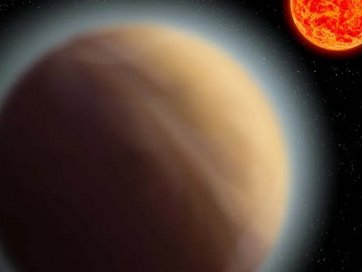Planets outside our solar system, so-called exoplanets, were first discovered around 30 years ago. Since then, the field of exoplanet research has developed rapidly. Today, more than 6,000 such alien worlds are known, ranging from gas giants to Earth-like rocky planets. These discoveries have fundamentally changed our view of the universe: Exoplanets appear to be ubiquitous in the universe, making the existence of worlds with life-friendly conditions beyond our Earth is quite likely.
Current research is no longer limited to simply finding exoplanets. With telescopes like the Very Large Telescope in Chile, it is now possible to study their atmospheres and measure temperature, chemical composition, and even winds. These observations provide valuable clues about the formation of planetary systems, including our own solar system. Currently, these studies primarily focus on large gas planets, similar to Jupiter. The study of Earth-like exoplanets will soon be within reach with the next generation of a new class of telescopes, such as the Extremely Large Telescope of the European Southern Observatory.
This event is in German!
When: 09.10.2025 at 7 pm
Where: ESO Supernova Planetarium in Garching
Ticket: € 6.50
Ticket reservation: ESO Supernova


